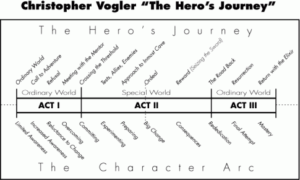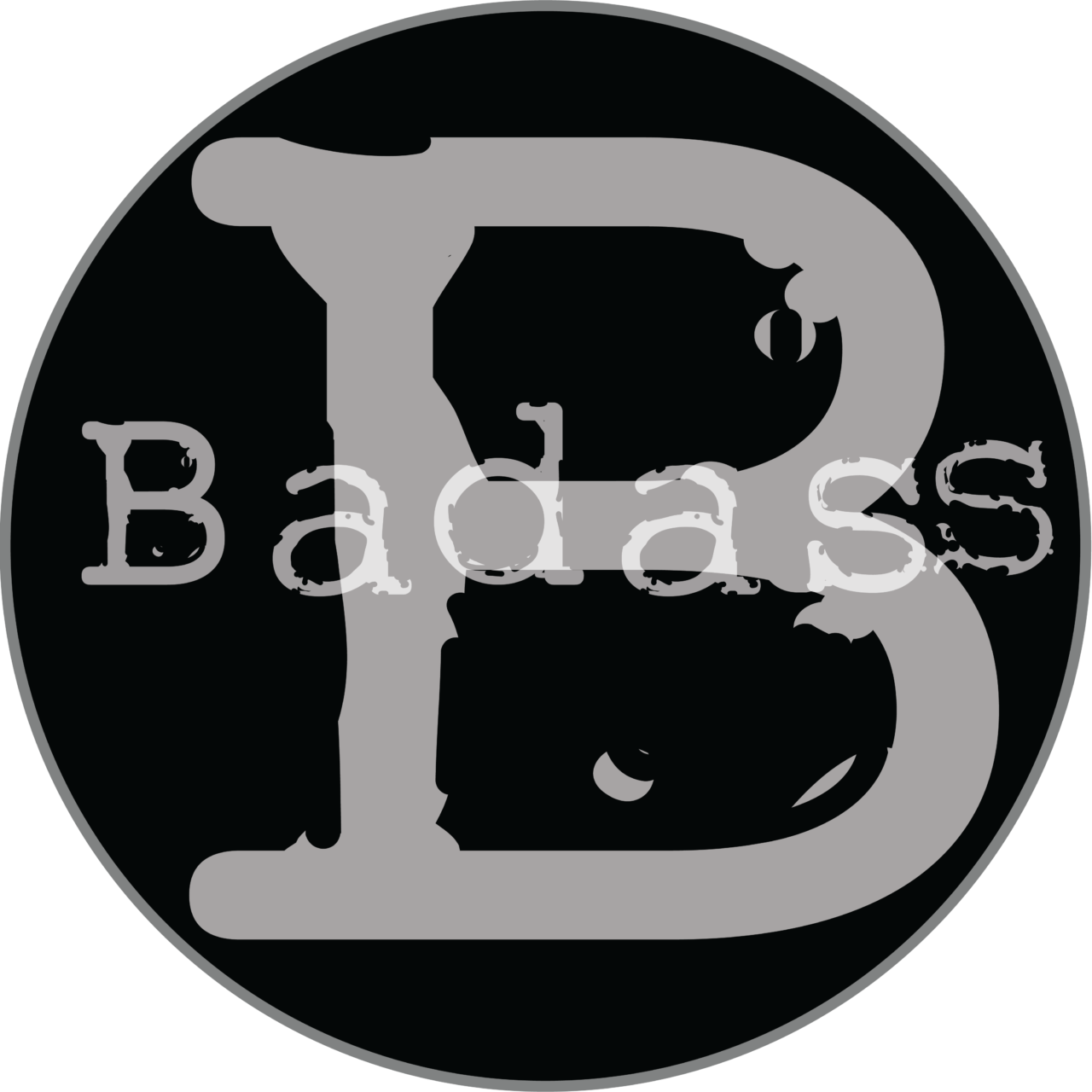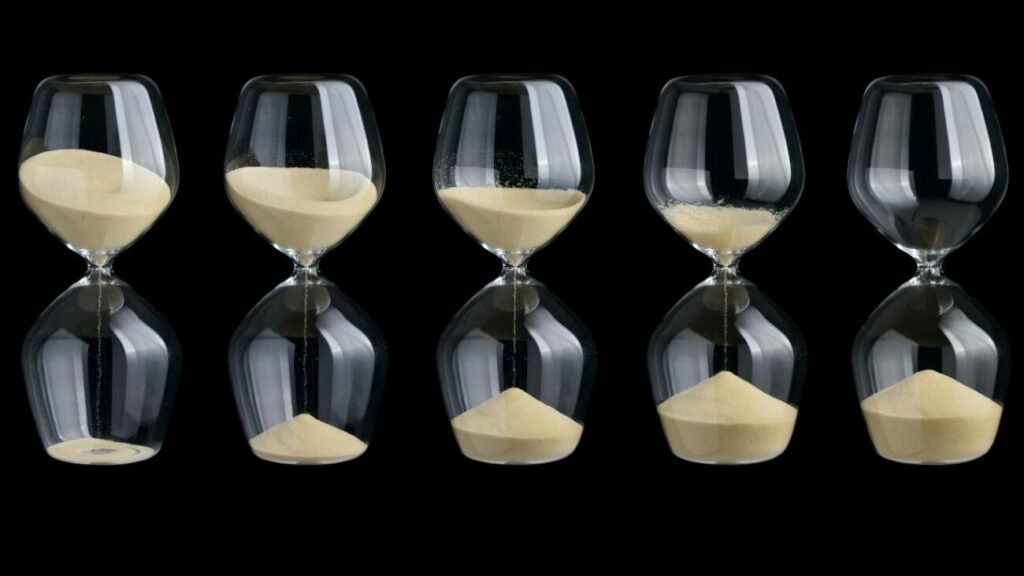Many screenwriters use a beat board or beat sheet to plan and outline their stories before they even type FADE IN. Not to be confused with a storyboard, which are a different kind of visual tool used later in the filmmaking process, you —the screenwriter— can use a beat board (beat sheet) as a visual overview to your story beats.
Why I use a screenplay beat board and why you should too

The pros use a beat board in writers’ rooms. That’s a pretty telling reason why we should also.
How do you create a screenplay outline and why is it important?
And what exactly is a script outline anyway? An outline is like a map of your story, with all the attractions highlighted. It’s important because it ensures your final output will flow logically without plot holes and your scenes and sequences will fit together naturally.
But don’t take our word for it. Read on to hear what other writers say.
The subject of outlining comes up frequently in online forums. Usually the question is pretty straightforward, such as a Yes/No/Sometimes poll like: “Do you outline your screenplays?” or “What outlining method do you use?” or “Does the Save the Cat beat sheet really work?”
An interesting twist on it came in a screenwriters discussion group recently with the query worded:
“Have you ever finished a script without an Outline?”

- I used to do that. It backfired.
- Nope. Never.
- No. I’ve started without one. But never finished. Which is why I always outline now.
- Sometimes. But when I work without an outline, I have to stop and do a major rewrite midway.
- Yes, but I prefer having an outline.
- Yes. A long time ago. When I didn’t know what an outline was.
- No. The outline helps me keep my thoughts straight.
- Yes. But the rewrites were a motherfucker.
- Once and it was mediocre comparatively.
- Do doodles count?
- Yes, but nothing I’m willing to pitch.
- Yes. Twice. I hate both scripts.
- Haven’t tried yet. I might be able to finish a script that way but I feel it would take me twice as long.
- Yes, but my preference is to outline.
- I wrote three (30min) episodes in 16 hours. No outline, no beat sheet. It was not fun and I wouldn’t advise it.
You can decide for yourself whether your writing style is as a plotter or a pantser, but for us, we prefer to prewrite and outline because it saves so much grief and time in the long run. We recommend you to save both time and brain cells by outlining your screenplay before you start writing. Not sure what a panster is? Head over to our Glossary of Terminology for Screenwriters for that and other definitions.
How does outlining my screenplay help me be a better writer?

We know that goal-setting is important. But when we don’t reach them, which, in the case of tangible goals can happen, it can feel like we’ve failed.
But if we actually analyzed those times when we get stuck, it’s usually because we’re not sure what happens next. Or worse, when the story wants to write itself into a ridiculous direction.
Knowing precisely where we’re going makes the actual writing easy and accomplishing daily page goals a breeze. Having a clear idea of the beats, sequences, twists and turns, before we even sit down to type FADE IN will make you want to race to your desk every morning, then push your chair away with a satisfied sigh when you reach your day’s objective.
Think of story outlining like planning a route while consulting a map, the old-fashioned kind, where you can see the entire course and its alternatives, with all the bends and contours.

Even more than just seeing the plot points mapped, many writers find outlining helps them achieve flow-state during the actual writing, because they know:
- what to do
- how to do it
- how well they are doing in the course of achieving it, and
- exactly where they’re going
Add “freedom from distraction” and you’ve got perfect conditions to get into the zone, lose track of time, forget to eat, and churn out a near perfect draft.
There are as many ways to get to FADE OUT as there are writers. But for those who prefer to do the structural work in advance, an outline provides a solid foundation for a well-formed story that is a cinch to write and a joy to read.
But what are the story beats?

Like the word “Pass,” in screenwriting the word ‘beat’ has distinct meanings, which are sometimes heatedly argued over in online forums. In screenwriting, the word ‘beat’ means all of the following:
- A pause in dialogue or action (and usually an unnecessary parenthetical)
- The primary plot points and turning points in a script
- The smallest element in a story
For the purpose of outlining, the term means the primary beats, usually 15 in a feature film screenplay. Seasoned screenwriters count all the sub-beats, around 60-80 in a feature, which make up sequences, which are the connected actions within the stories. Here is some guidance on how to begin that map-building process.
Do I need a screenwriting beat board?
Not any more than you need a professional screenwriting program to write a script. It depends on how serious you are about the craft. You can use a whiteboard with sticky notes, a corkboard with index cards, a legal pad or a moleskine notebook. Or if you’re a genius, you can organize your beats in your head. But you need some kind of organizing system to plan your stories.
There are plotters and pantsers in the writing world. But even pantsers –those who write by the seat of their pants– do a certain amount of outlining, even when they say they don’t.
But why isn’t there a beat board for screenwriting?

When we first went looking for something tactile to use to outline our own screenwriting projects, we couldn’t find anything like the script outlining toolkit we imagined. So we decided to make one to share with our fellow screenwriters.
You don’t need to buy our product to benefit from what we’ve learned along the way. A central tenet of our mission is to help writers be the best they can be at what they do. You’ll find plenty of excellent resources here to get you started on your screenwriting journey.
But once you get to a certain point, you’re going to want to invest in all the professional tools and activities available to help you perfect your craft. We’ll help you navigate those waters when you’re ready.
Wait, I still don’t understand how my story idea gets plotted on a beat board

A beat board will help you outline your script to organize all these disparate elements into a coherent story.
Note: If you’re stuck for ideas, the Badass Beat Boards Story Planning & Outlining toolkit includes a fun deck of brainstorming cards to stimulate your creative serum. It offers literally millions of possible combinations to answer these key questions.
Beginning, Middle, End
As the great philosopher/poet Aristotle defined them, all stories need these simple elements: A beginning, a middle, and an end. Plotting them in advance helps keep your story focused. The hero will often start in ordinary circumstances, move into adventure, and end up changed.
Many writers find it useful to begin imagining these three points in their story and plotting them on your board. Again, you can use a whiteboard, corkboard, tabletop, scrap paper, a notebook… whatever works.
Structure
For feature films, you likely want to make a script outline for a three-act composition. This often happens naturally so don’t obsess about it. But it helps to visualize where your Act 1 breaks (usually around page 25 or 30) and your Act 2 moves the plot and narrative through-line to Act 3 (50-60 pages later).
Try marking where you think those Act breaks belong on your board. Best to use something movable because they will likely change.
Visual Depiction
A beat board, whether jerry-rigged or a commercial product like ours, is a particularly fantastic tool for screenwriters. This is partly because we write for a visual medium. And also because, unlike a novel, we screenwriters have a finite number of pages (90-120 pages in most spec scripts) to achieve our goal of telling a story that both evokes emotion through action and transforms our protagonist. This makes the placement of the primary beats critical to the story’s pacing.
If you wade into the web, you’ll find thousands (and thousands!) of images of beat boards and beat sheets to help guide you.
Most writers follow some variation of Joseph Campbell’s iconic Hero’s Journey. Here are a couple of examples of how those might look on your board. Note that the templates can be linear, boxed, or circular. Some have intersecting peaks, to show where the B Story meets the A Story. There is no ‘right’ way. The only important thing is that you, the writer, understands it.

Do check out our resources library where we’ve assembled our favorite articles and videos from our colleagues.
Learn how to use the Badass Beat Boards™ toolkit, a Storyplanning & Outlining System for Screenwriters to organize and prewrite your next screenplay.


